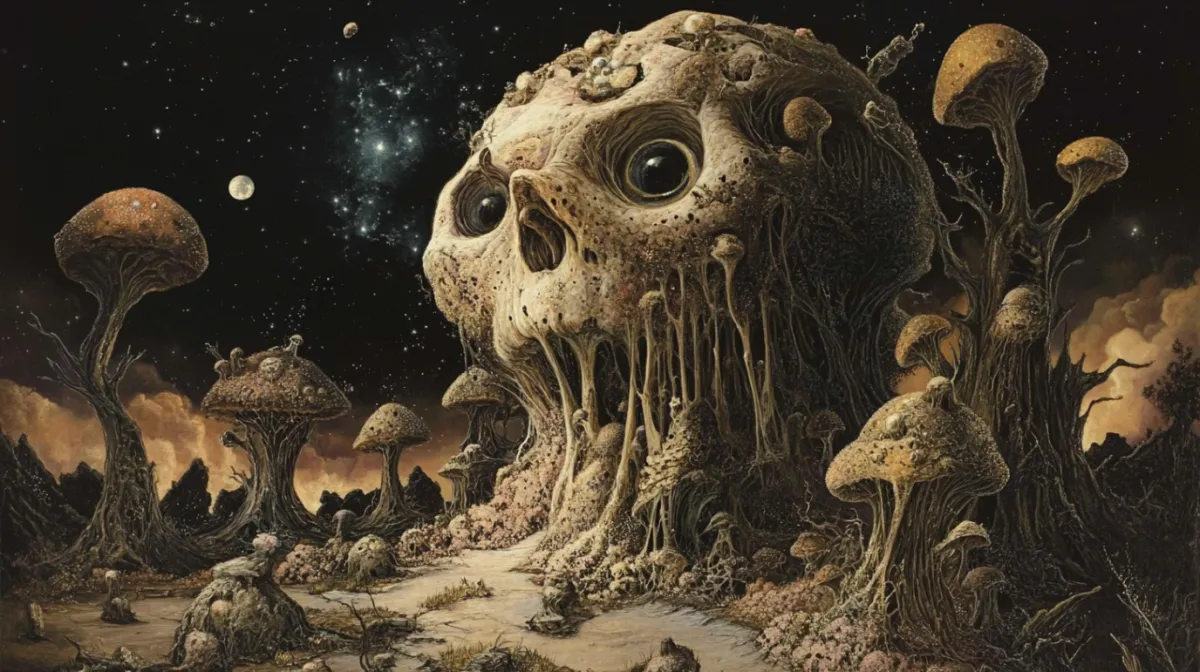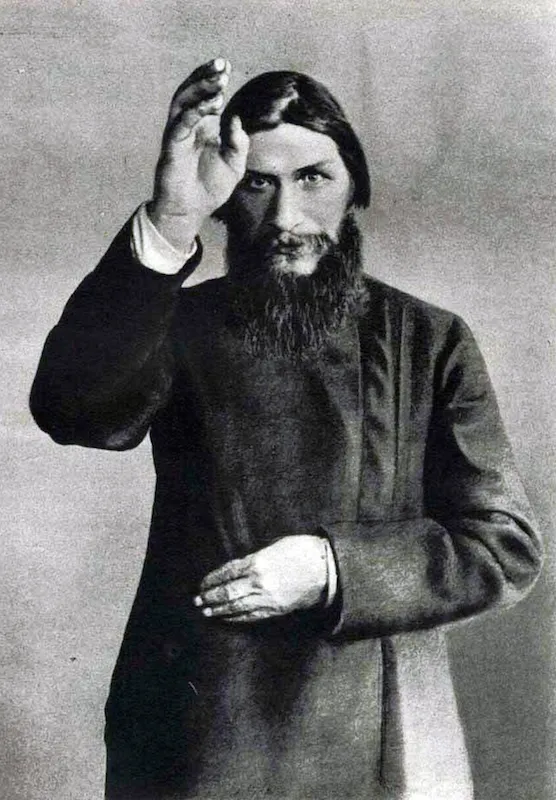Who the Hell was... Rasputin?
Few figures in history have inspired as much myth, speculation, and sheer fascination as Grigori Rasputin. A peasant-turned-mystic with a penchant for debauchery, Rasputin somehow clawed his way into the inner circles of the Russian imperial family, wielding an influence that would ultimately help bring down an empire. Was he a holy man? A charlatan? A sex-crazed manipulator? The answer is… probably a little bit of everything. So, who the hell was Rasputin, and why does he still haunt the pages of history?
Born in 1869 in a remote Siberian village, Grigori Yefimovich Rasputin had a childhood that was as unremarkable as his later years were outrageous. Uneducated and rough around the edges, Rasputin had a religious awakening in his twenties and set off on a pilgrimage. He eventually gained a reputation as a wandering holy man, drawing followers with his hypnotic gaze, intense charisma, and alleged ability to heal the sick.
What set Rasputin apart, though, was his lifestyle—he combined spirituality with staggering levels of drinking and womanizing. He believed that true salvation could only come after sin, and he made sure to sin a lot. Despite (or perhaps because of) this, he attracted powerful patrons, eventually making his way to the capital, St. Petersburg.
To speak of his sexual exploits, one woman claimed that the first time she made love to him, her orgasm was so intense that she fainted. Perhaps his sexual potency could also be explained by supernatural powers. Rasputin's assassin and alleged homosexual lover, Felix Yusupov, claimed that Rasputin's prowess was due to the large, spiky warts on his penis, which gave it an extraordinary size.
What set Rasputin apart, though, was his lifestyle—he combined spirituality with staggering levels of drinking and legacy of womanizing. He believed that true salvation could only come after sin, and he made sure to sin a lot. Despite (or perhaps because of) this, he attracted powerful patrons, eventually making his way to the capital, St. Petersburg.
The Tsar’s Favorite Mystic (1905–1916)
By the early 1900s, Russia was in turmoil, and the imperial family was desperate for guidance. Enter Rasputin. He found his way into the good graces of Tsar Nicholas II and, more importantly, Tsarina Alexandra. The royal couple believed Rasputin had the power to heal their son, Alexei, who suffered from hemophilia. Whether through medical insight or sheer luck, Rasputin did seem to ease Alexei’s suffering, securing himself an unshakable position in the royal household.
This, of course, did not sit well with the Russian elite. Rasputin had the ear of the Tsarina, and through her, he influenced major political decisions. His enemies painted him as a degenerate puppet master, a man whose insatiable appetites and unchecked power were driving the empire off a cliff. His reputation for debauchery, whether exaggerated or not, only fueled the flames.
The Murder That Wouldn’t Stick (1916)
By 1916, Russia was collapsing under the weight of World War I, and the nobility decided Rasputin had to go. A group of aristocrats, led by Prince Felix Yusupov, hatched a plan to assassinate him. What followed is the stuff of legend.
The conspirators invited Rasputin over and poisoned him. He didn’t die.
They shot him. He still didn’t die.
They shot him again. He got back up.
They beat him, shot him a third time, and finally dumped his body into a freezing river. Only later, when his body was recovered, did they realize he had ultimately drowned. Rasputin, it seemed, refused to go quietly.
The Man, The Myth, The Curse?
Rasputin’s death did little to save the Romanovs. Just over a year later, the Russian Revolution swept Nicholas II and his family from power, ending centuries of imperial rule. Some even claim Rasputin left a prophetic note saying that if he were killed by nobles, the Romanovs would fall within two years. Spooky timing or self-fulfilling prophecy?
In 2004, Igor Knyazkin, director of the Prostate Research Center of the Russian Academy of Natural Sciences, opened a Russian erotic museum in St. Petersburg. Knyazkin claims that the 28.5 cm "preserved penis" on display once belonged to Grigory Rasputin, along with several letters that were also on display. Knyazkin explained that he bought the item from a French collector for 6,600 euros; he also believes that just looking at it can cure impotence.
Today, Rasputin remains a larger-than-life figure—depicted as everything from an evil sorcerer to an unfairly maligned outsider. The truth? He was a deeply strange, deeply controversial man who happened to be in the right place at the wrong time.
Rasputin and Putin: Any Connection?
Now, here’s a fun linguistic curiosity: Rasputin and Putin share a common Slavic root in their names. “Rasputin” is derived from the Russian word rasputiye, meaning “crossroads” or “debauchery,” depending on interpretation—both of which fit Rasputin’s chaotic life. “Putin,” on the other hand, comes from put’, meaning “path” or “way.” While their names sound similar, there’s no direct historical or familial connection between the two. One was a mystic with a notorious reputation, the other is a political leader of modern Russia—both, however, have loomed large in their respective eras.
So, who the hell was Rasputin? A self-proclaimed holy man, a political meddler, a scandal magnet, and the ultimate historical enigma. And, apparently, very, very hard to kill.
For my articles in this series, visit or bookmark the following;

Brent Antonson: Where Extraordinary Recall Sparks Insight.







